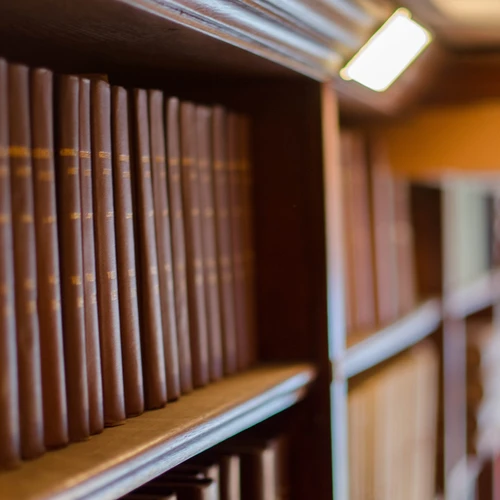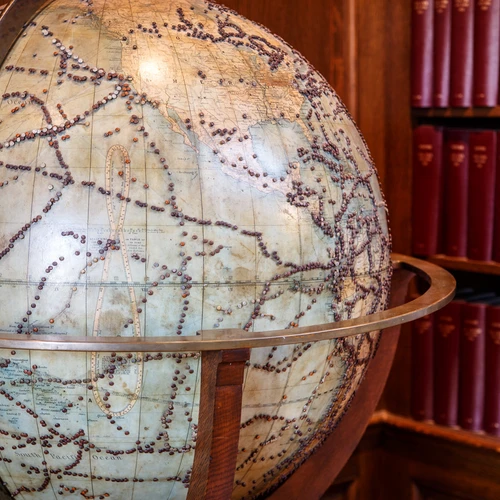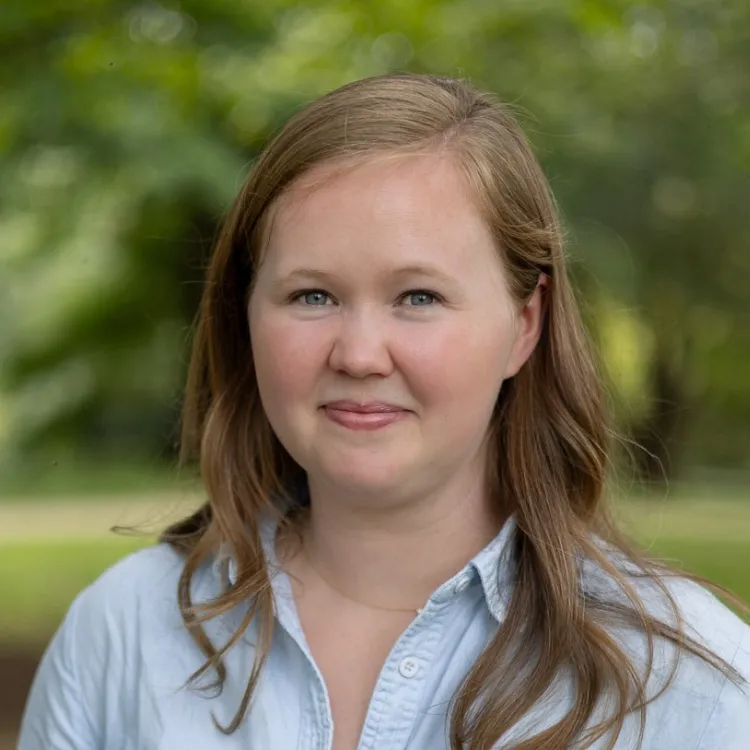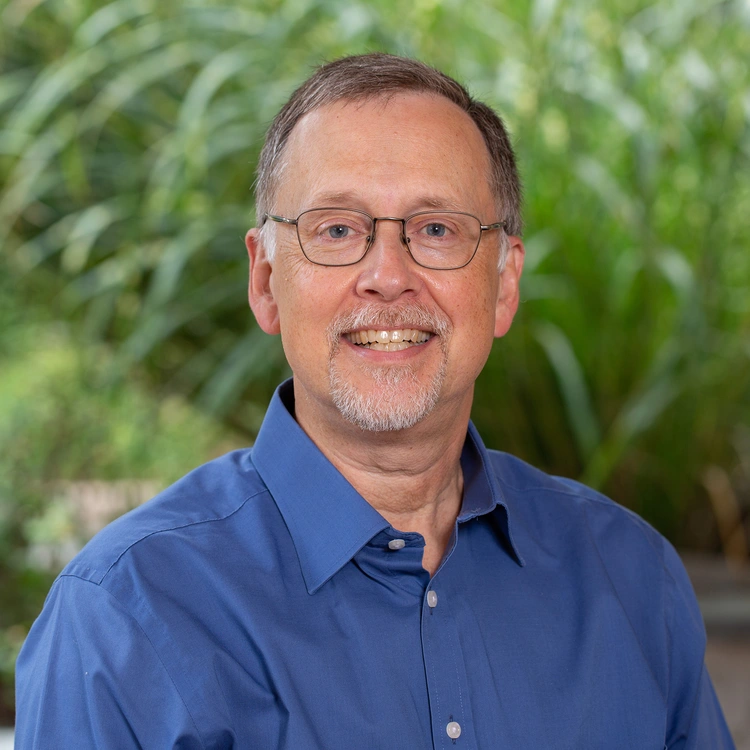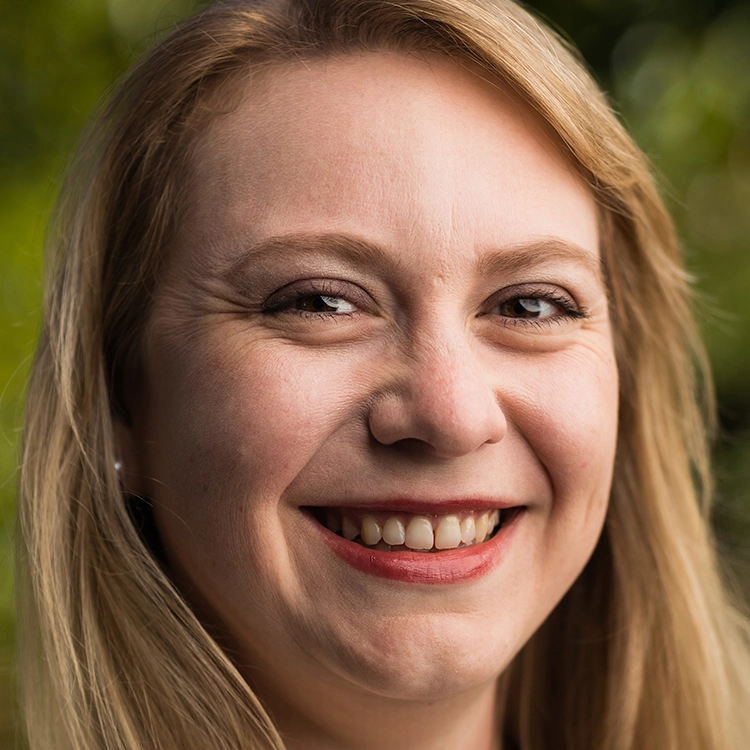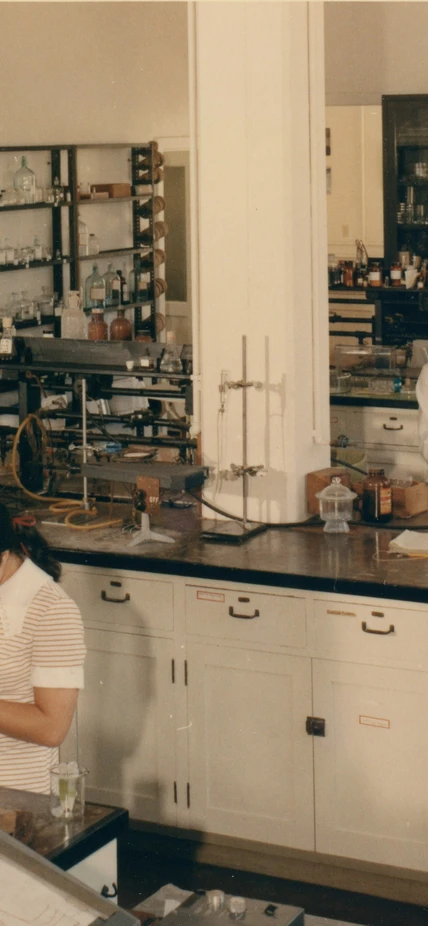Archives
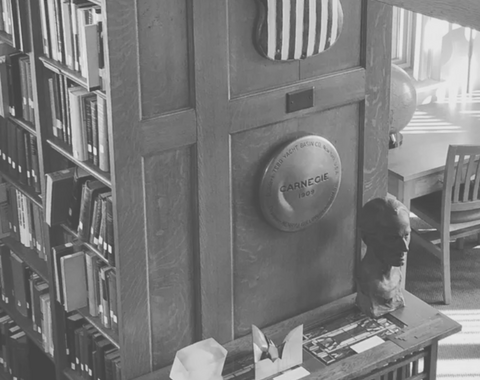
Resources
Search or browse our collections in ArchivesSpace.
Access historical Monographs, Year Books, and newsletters.
Learn about our rights policies and how to request permissions to use Carnegie Science materials.
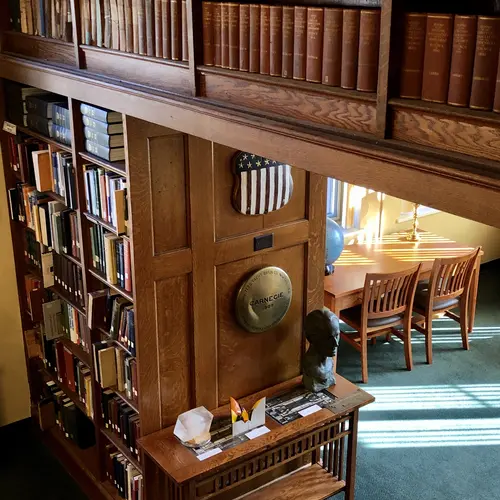
Administration and EPL Archives
5241 Broad Branch Rd NW, Washington, DC 20015
Carnegie's Administration and Earth & Planets Laboratory (EPL) Archives are housed at our Broad Branch Road campus in Washington, DC. The Administration Archives span 1890 through 2001 and include administrative records of Carnegie's numerous research programs and departments, papers of Carnegie presidents, and personnel, finance, patent, and trustee records. The EPL Archives include the administrative records of the Department of Terrestrial Magnetism (1904-2020) and Geophysical Laboratory (1905-2020), records of the research vessels Carnegie and Galilee, and photographs documenting field and laboratory studies of the departments. Norman L. Bowen, Oliver H. Gish, Frederick E. Wright, and Vera C. Rubin are among the prominent scientists whose personal papers and photographs are preserved in the EPL Archives. A digital archive of the laboratory's websites back to 2018 is full-text searchable in Archive-It.
Search the archives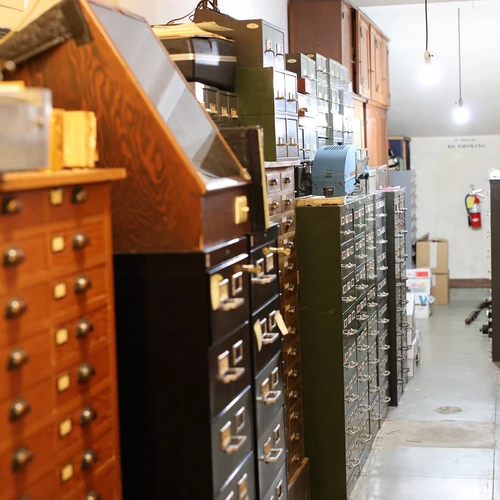
Observatories Archives
813 Santa Barbara Street, Pasadena, CA 91101
The Observatories Archives are housed at the Carnegie Observatories in Pasadena, California. Of note in the Observatories Archives is the world’s second largest glass plate collection, consisting of over 200,000 glass plate negatives. The Plate Archives includes spectra, direct object images, and solar plates taken between 1892 and 1994 using telescopes at the Mount Wilson, Palomar, Las Campanas, and Kenwood Observatories. The Observatories Archives also include historical photographs of Observatories’ staff and facilities, telescope log books, vintage lantern slides used in history and astronomy lectures, Carnegie astronomer memorabilia, positive photographic prints of plate images, engineering drawings of Carnegie telescopes, and blueprints of the Observatories’ historic Santa Barbara Street building.
The Plate ArchivesFor Researchers
The Carnegie Science Archives are open to researchers at our reading rooms in Washington, DC and Pasadena, CA between 9:30am and 4:30pm on weekdays by advance appointment only. Email us at archives@carnegiescience.edu to request a research appointment. Appointments should be requested at least one full week in advance and appointment requests should identify the specific materials you wish to review. Search our ArchivesSpace site to locate materials of interest.
All researchers must complete a Registration Form and agree to abide by Carnegie Science’s Researcher Rules and Protocols throughout their research visit.
Carnegie Science’s archivists may be able to provide thirty minutes of complimentary reference for researchers based on availability. Due to limited staff resources and the high volume of reference requests we receive, it may take the archivists several weeks to respond to your inquiry.
Only a small portion of the Carnegie Science Archives have been digitized. Any folders that have been digitized are available through our ArchivesSpace site. Contact the archives at archives@carnegiescience.edu to request access to digitized photographs on specific subjects. Depending on availability, Carnegie Science’s archivists may be able to spend up to thirty minutes scanning materials on request for remote researchers.
Materials from the Carnegie Science Archives may be used for non-commercial private, research, and educational uses without permission. Any other use requires written permission from Carnegie Science. Submit a Request for Permissions Form via email to archives@carnegiescience.edu to request use permissions.
Learn more about rights and permissionsThe Carnegie Science Archives hold the most complete documentation of the institution and it's researchers. Given the long and influential history of the institution, materials related to its many researchers, administrators, departments, and programs have also been deposited in other archives around the country.
The Huntington Library
In the 1980s, Carnegie Science deposited a large quantity of archival records and photographs, manuscripts, and rare books related to the history of the Carnegie Observatories at the Huntington Library. These materials include the papers of Edwin Hubble and other Carnegie Observatories researchers and a collection of over 3,300 photographs taken between 1904, when Mount Wilson Observatory was founded, and the 1970s. Detailed information about these materials can be found starting on page 34 of the Huntington Collections in the History of Science guide and digitized materials can be accessed through the Huntington’s Digital Library.
National Museum of Health and Medicine (NMHM)
The Carnegie Embryo Collection and related Carnegie Collection of Embryology are housed at the Human Development Anatomy Center at the National Museum of Health and Medicine.
Chesney Medical Archives at Johns Hopkins Medical Institutes
Various records created by the Department of Embryology and its staff held at the Chesney Archives include the Records of the Department of Embryology (1888-1976), the Franklin Mall Collection, and the George L. Streeter Collection.
American Philosophical Society
The American Philosophical Society Library in Philadelphia holds the professional papers of prominent Carnegie Science biologists including Barbara McClintock, Albert Francis Blakeslee, Milislav Demerec, George Washington Corner, and George Harrison Shull.
The library also holds collections related to the Institution’s involvement in eugenics research including the Eugenics Record Office Records and the Charles Benedict Davenport Papers.
Cold Spring Harbor Laboratory Archives
The Cold Spring Harbor Laboratory Archives hold the papers of celebrated Carnegie Science geneticists Barbara McClintock and Alfred Hershey as well as the Carnegie Institution of Washington at Cold Spring Harbor Administrative Records.
Collections documenting eugenics research, including the Charles B. Davenport Collection and the Eugenics Record Office Collection, are also held at the CSHL Archives.
University of Arizona Libraries, Special Collections
The Desert Botanical Laboratory of the Carnegie Institution records are held at the University of Arizona Libraries Special Collections. The Libraries also hold a collection of Forrest Shreve photographs, which document Shreve’s work and Carnegie's Desert Laboratory.
Arizona Historical Society
The Arizona Historical Society houses the Daniel Trembly MacDougal Papers, which document research by Daniel T. MacDougal and others at Carnegie’s Desert Laboratory.
Peabody Museum of Archaeology & Ethnology at Harvard University
Materials documenting Carnegie Science’s archaeological research in Meso-America can be found at the Peabody Museum at Harvard University. These materials include photographs, field notebooks, maps and plans, drawings and paintings, correspondence, reports, and manuscripts documenting the work of S. G. Morley, Karl Ruppert, A. V. Kidder, T. Proskouriakoff, and others at Mayan sites such as Chichen Itza, Uaxactun and Kaminaljuyu. For more information, see the finding aid for the Records of the Archaeology Division of CIW, 1919-1958.
Library of Congress
The Manuscript Division of the Library of Congress holds the correspondence, writings, and research files of numerous Carnegie scientists and administrators, among them Philip Abelson, Vannevar Bush, John C. Merriam, Elihu Root, Vera Rubin, Maxine Singer, Merle Tuve, and Nina Fedoroff.
Caltech Archives
Seismologists Charles F. Richter and Harry O. Wood and astronomer George Ellery Hale are among the scientists associated with Carnegie whose papers are preserved in the Caltech Archives in Pasadena.
Access Carnegie Science history features and articles on the Our History page.
Published to celebrate Carnegie Science's centennial, the following volumes provide a detailed history of the institution:
Good Seeing: A Century of Science at the Carnegie Institution of Washington, 1902- 2002. James Trefil and Margaret Hindle Hazen. Washington, D.C. : Joseph Henry Press, 2002.
Centennial History of the Carnegie Institution of Washington. 5 volumes. New York: Cambridge University Press, 2004-2005.
- v. 1. The Mount Wilson Observatory / Allan Sandage
- v. 2. The Department of Terrestrial Magnetism / by Louis Brown
- v. 3. The Geophysical Laboratory / by Hatten S. Yoder, Jr.
- v. 4. The Department of Plant Biology / by Patricia Craig
- v. 5. The Department of Embryology / edited by Jane Maienschein, Marie Glitz and Garland E. A

